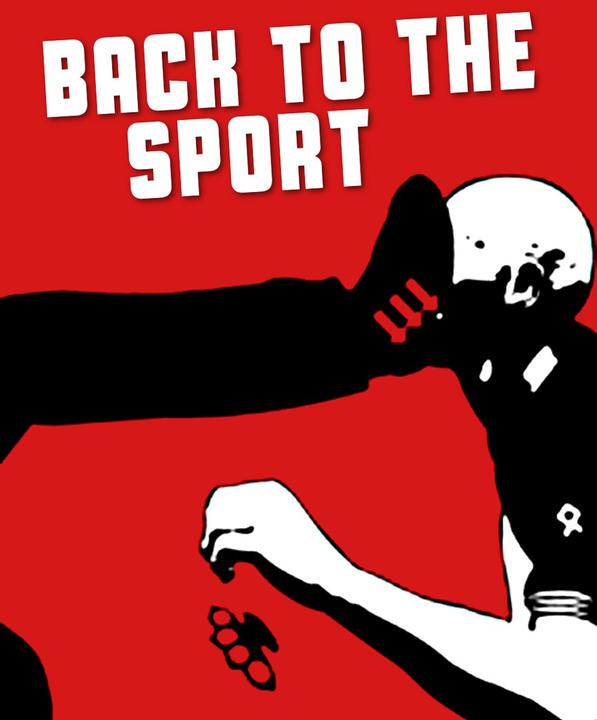

In the early 2000s, the economic crisis and social instability of Vladimir Putin’s Russia gave rise to an epidemic of violence against people of colour perpetrated by fascist/neo-Nazi groups and their supporters. Parallel developments have occurred across Eastern Europe. According to Russian human rights organizations, from 2004 to 2015 approximately 527 people have been murdered in “racist and neo-Nazi violence” in Russia, in addition to well over 3000 beatings that have often left their victims maimed and crippled. In actuality, everyday violence against foreigners and gay people is so common it is impossible to accurately measure. Like fascists everywhere, Russian fascists are cowards: most attacks are committed by gangs and mobs against lone victims, including the elderly and children. Russian fascists are fond of video-recording their attacks and posting them on the internet, to encourage others and “send a message.” A spokesperson for a major fascist organization interviewed for Australian television defended the attacks on children: “This is how we do things…In the future he’ll either become a terrorist, or an enemy. If it is a girl, she will give birth to some more enemies.”
But this is only half the story. The other half is that of the brave Russian youth, disgusted by what they saw going on around them, who began to fight back. “Antifa” (anti-fascist) as it became known, was never an organization or a conspiracy. Many of those involved were angry, idealistic kids from sub-cultural circles: punk rock, hardcore, skinhead, graffiti, hip-hop. Some were anarchists, some were communists, some didn’t care about politics. It was essentially a spontaneous movement of young people forced to take the path of street-level, militant anti-fascism by the hard realities of the society they were living in.
The need to fight created the need to train. As more and more anti-fascist youth got into training seriously in the martial arts, a movement was born. Anti-fascists training together informally turned into legitimate clubs, clubs turned into leagues, leagues turned into national tournaments and finally into international tournaments. Today such events have taken place not only in Russia but also Ukraine, Belarus, Poland, the Czech Republic, Greece, Spain, Italy and Denmark. The movement has also spread to Latin America, where tournaments have been organized in Chile and Colombia in recent years. The movement has developed beyond the amateur level: there are a number of professional fighters in various disciplines – boxing, K-1, Muay Thai, MMA – who have emerged from the anti-fascist scene.
The anti-fascist martial arts movement is something fundamentally different in the world of organized, competitive fighting. Many of the people involved are arguably not the typical kind of people who become fighters. Most never took up their respective disciplines to become famous or out of the drive to compete, but rather because they are part of a very real political struggle in which physical combat is required. Victory in the ring: this doesn’t matter. What matters is victory on the street, as an essential component of the larger political victory against fascism, injustice and oppression. Anti-fascism in Russia today is a dangerous business: security demands that fighters train and compete anonymously in clandestine conditions – there is no fame or glory here. While the tournaments are full-contact with all fighters bringing their absolute best, the spirit of solidarity and fraternity prevails over the spirit of competition. Iron sharpens iron.
The anti-fascist martial arts movement in Eastern Europe is perhaps the most exciting and promising development in Western radical Left politics of recent decades. Curiously, interest in the phenomenon is practically non-existent within North American leftist circles. This can partially be blamed on barriers of language and geographical distance, and because fascist activity in Canada and the United States has in large part been at a low ebb since the end of the 1990s. Nevertheless, those of us in North America who realize the significance of the anti-fascist movement in Eastern Europe need to have a discussion as to its relevance to us over here, and what we should be doing to support our comrades over there.
SEE VIDEOS:
Greece
Italy
Spain
Poland
Ukraine
Russia
Chile
///
Länk: https://mpalothia.net/the-anti-fascist-martial-arts-movement/